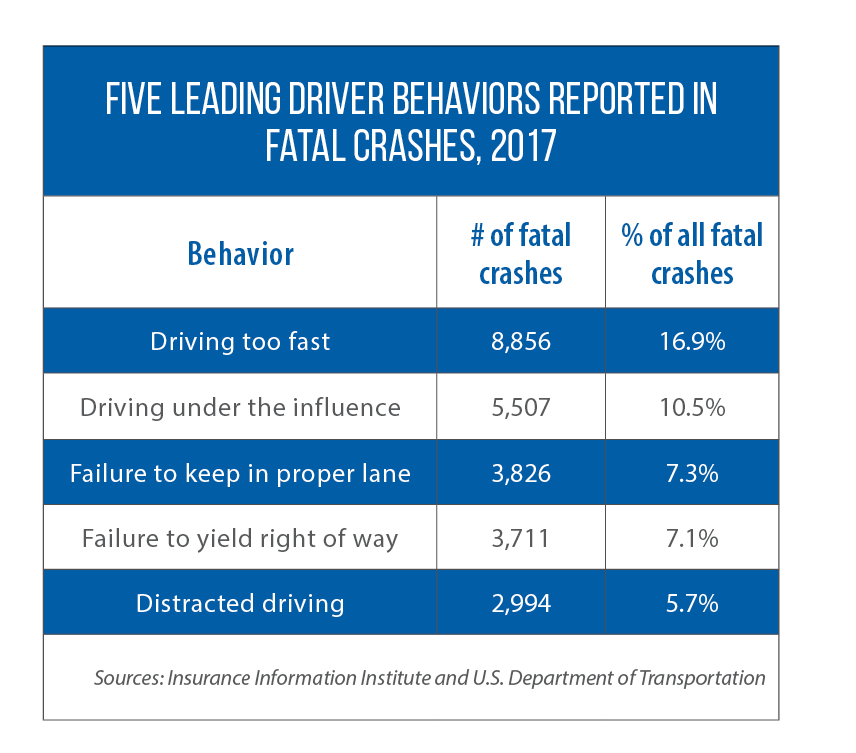November 2019 Question of the Month | Ban on handheld devices while driving
Do any states in the Midwest ban the use of handheld devices while driving?
As of September, Illinois and Minnesota were among the 15 U.S. states that banned all drivers from using handheld devices, according to the Governors Highway Safety Association. These are all primary enforcement laws, which means that police can stop drivers for violating the ban; no other infraction needs to have occurred. (With secondary offenses, officers must have first stopped the driver for another violation.)
 The two Midwestern states’ laws took effect this summer: Illinois’ HB 4846 (from 2018) and Minnesota’s HF 50. Elsewhere in the region, states’ “hands free” statutes apply only to young and/or novice drivers — a secondary offense in Nebraska and South Dakota, a primary offense in Indiana, Iowa, Kansas, Michigan, North Dakota, Ohio and Wisconsin.
The two Midwestern states’ laws took effect this summer: Illinois’ HB 4846 (from 2018) and Minnesota’s HF 50. Elsewhere in the region, states’ “hands free” statutes apply only to young and/or novice drivers — a secondary offense in Nebraska and South Dakota, a primary offense in Indiana, Iowa, Kansas, Michigan, North Dakota, Ohio and Wisconsin.
State directors of highway safety have had some difficulty in tracking data for vehicle accidents due to distracted driving. They hope this will be remedied by enhancing training for officers and requiring more detail on accident reports. That additional detail will allow states to track exactly what types of distracted driving are causing accidents — use of handheld devices, eating or drinking, adjusting audio systems, grooming, etc.
In recent interviews with CSG Midwest staff, traffic safety directors in several states provided recommendations for legislators working on bills to prevent accidents due to the use of handheld devices.
- First, they said, don’t rely on enforcement alone; cell phones are a part of the culture now, so changing driver behavior requires more than a new law. Public outreach is needed. For example, laws on distracted driving should be publicized before and after they go into effect, via media campaigns and highway signs.
- Second, keep the legislative language on hands-free driving simple. This makes it clear to motorists and law enforcement.
- Third, make the use of a handheld device while driving a primary offense. This allows law enforcement to stop more violators and prevent more accidents.
- Fourth, review insurance data from your state. Look at insurance premiums and the causes of any rate increases. In at least one state, rate increases were traced back partly to more accidents due to the use of handheld devices while driving. That data was an important factor in passing a handheld ban.
Question of the Month highlights an inquiry sent to the CSG Midwest Information Help Line, an information-request service for legislators and other state and provincial officials from the region.